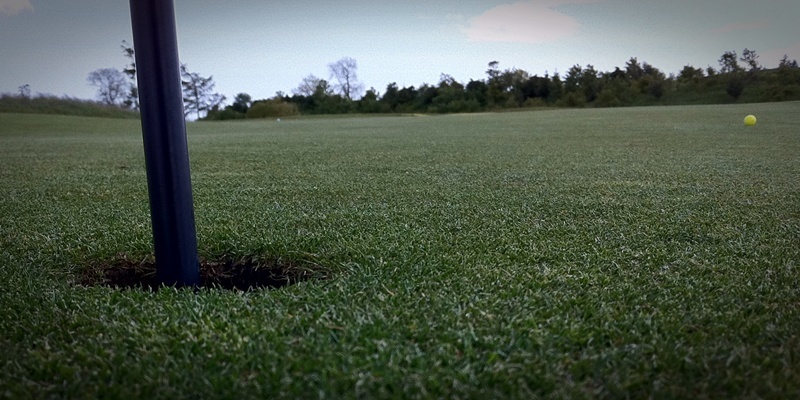Lucrative cash prizes or gifts for holes-in-one will no longer compromise amateur status under the Rules of Golf.
In the widest-ranging review of the rules for years the game’s two governing bodies, the Royal and Ancient Golf Club of St Andrews and the USGA, have also removed the controversial ”ball moving at address” penalty, scrapped the most strigent applications of the rule preventing the improvement of a players’ lie in a hazard, allowed a leeway of five minutes without disqualification for missing a starting time and further loosened restrictions on the activities of elite amateur players.
However, the most notable change is to scrap the limit applicable to amateur players for hole-in-one prizes. Previously, amateurs were forced to give up their amateur status if they accepted such prizes, the most infamous occasion being when sports writer Derek Lawrenson won a Lamborghini car worth £175,000 for a hole-in-one at a pro-am and had to become ”a professional” for three years when he accepted the prize.
Restrictions on other ”in-round” prizes such as longest drive and nearest-the-hole competitions remain but the R&A has accepted ”the special nature of a hole-in-one”.
The R&A’s director of rules, David Rickman, said: ”We felt the time was right to carry out a fundamental review as we were conscious that many sports had done away with amateur status rules.
”We concluded that it is very important that golf retains its amateur regulations, mainly because of the self-regulating nature of the game, both in terms of the playing rules and handicapping. We felt that uncontrolled financial incentives could place too much pressure on these important features.”
However, the R&A has acknowledged hole-in-one prizes and easing the restrictions on elite amateur players seeking to turn professional as ”a realistic and common sense approach”.
Players will now be able to enter into an agreement with an agent or sponsor as long as they do not receive any financial gain while still an amateur, a practice that was commonplace behind closed doors in any case.
Rules have also been relaxed on subsistence payments to elite players from national golf unions.
Tom Lewis, who won in his third professional event last week after winning the Silver Medal at this year’s Open Championship as well as being part of the victorious 2011 Walker Cup team as an amateur, welcomed the changes.
He said: ”It is an important change because some players are forced into turning pro early due to financial difficulties.”
The three main playing rule changes which come into operation on January 1 2012 have featured in specific incidents in the game over the past few years.
Players will no longer be penalised a shot if their ball moves after address without contact, a regular occurrence in windy conditions and seen at the Open at Sandwich in July when Rory McIlroy’s ball moved in the wind on the 7th green in the final round.
Rule 13-4 governing prohibited actions in a hazard, which famously cost Dustin Johnson a playoff in the 2010 US PGA Championship, has been amended to allow players to smooth sand or soil as long as they do not improve their lie.
Players late for a tee-time by no longer than five minutes will no longer be disqualified outright but instead penalised two strokes in strokeplay and a hole in matchplay.
The rule regarding address was a significant factor in the suspension of play in windy conditions during the second round of the 2010 Open on the Old Course at St Andrews and has long been regarded as by many as unfair and responsible for slowing play during windy weather.
